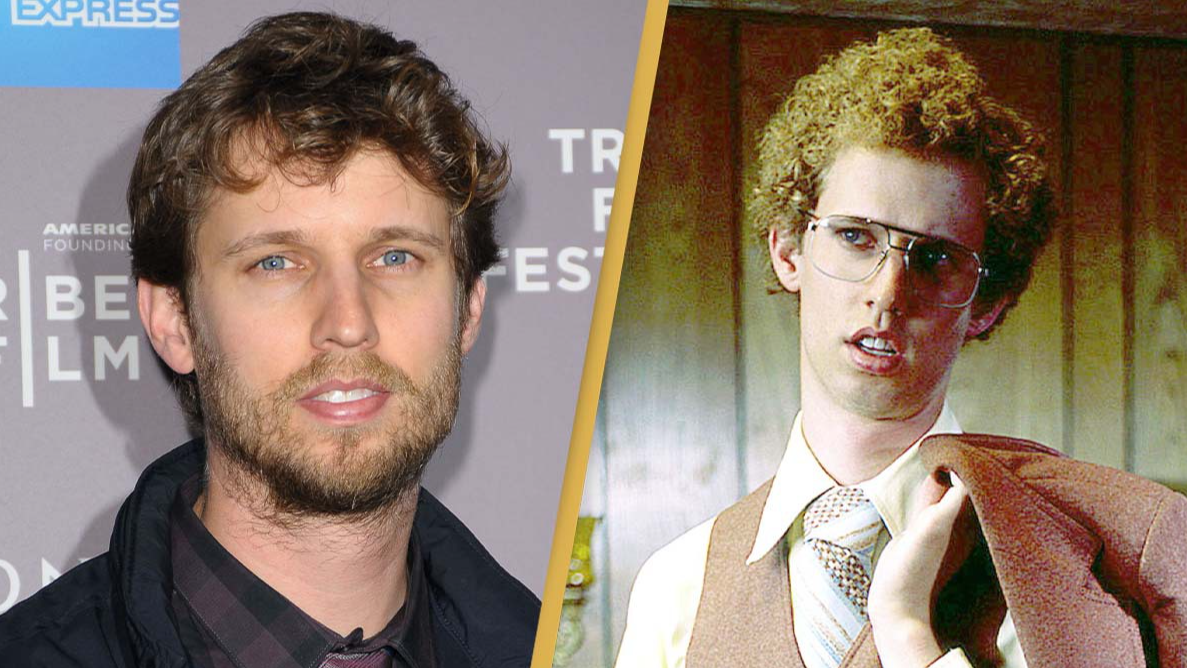Kudos to Scott Myers for once again collecting the season’s screenplays in one place!
Scott runs Go Into The Story, the Official Screenwriting Blog of The Black List. (More about this list.)
Currently there are links to these scripts, with more being added weekly
- All The Old Knives (Amazon Studios)
- Amsterdam (20th Century Studios)
- Argentina, 1985 (Amazon Studios)
- Armageddon Time (Focus Features)
- The Banshees of Inisherin (Searchlight Pictures)
- The Batman (Warner Bros.)
- Bones and All (United Artists)
- Catherine Called Birdy (Amazon Studios)
- Emergency (Amazon Studios)
- Empire of Light (Searchlight Pictures)
- The Fabelmans (Universal Pictures)
- Glass Onion: A Knives Out Mystery (Netflix)
- The Good Nurse (Netflix)
- Lady Chatterly’s Lover (Netflix)
- Living (Sony Classics)
- Master (Amazon Studios)
- The Menu (Searchlight Pictures)
- My Policeman (Amazon Studios)
- Nanny (Amazon Studios)
- Nope (Universal Pictures)
- The Northman (Focus Features)
- Pinocchio (Netflix)
- She Said (Universal Studios)
- The Son (Sony Classics)
- Tár (Focus Features)
- Thirteen Lives (Amazon Studios)
- Three Thousand Years of Longing (United Artists)
- Till (United Artists)
- White Noise (Netflix)
- The Woman King (TriStar Pictures)
- Women Talking (United Artists)
Scott says:
“Reading movie screenplays is critical to your development as a screenwriter. Along with watching movies and writing pages, it is a fundamental practice you should put into place. Make it a goal to read at least one movie script per week.”
He should know. He’s an assistant professor of screenwriting, a working screenwriter and an author. Check out his Twitter, Instagram and Facebook postings.
My take: I will be doing a scene-by-scene breakdown of “Glass Onion.” I’ve done “Palm Springs” previously and can attest that the exercise is very valuable. For bonus insight, I also compare the script with the film and note where extensive changes have been made. So interesting!




